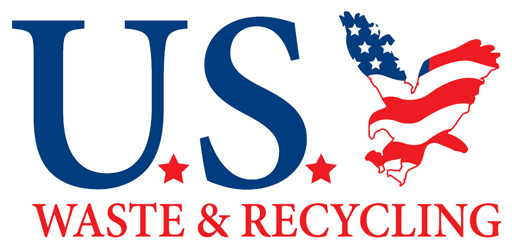The Science Behind Landfills
Everyone produces trash, but not many people fully understand what happens to trash once it leaves their home and is picked up by a waste management company or recycling center. After trash pickup, your local trash company will take anything that isn’t sent to a recycling center or burned to a landfill. Keep reading if you’re interested in learning about the science behind landfills and waste management in Atlanta.
How Waste Disposal Works
Since 1960, the amount of waste that is produced in America has almost tripled, and the amount of trash that is buried in landfills around the country has doubled. Waste disposal and recycling are handled by different waste management companies and recycling centers around the country, but the processes are essentially the same from state to state. According to HowStuffWorks.com, approximately 32.5% of all trash is sent to a recycling center, while 12.5% of trash is burned. The remaining 55% of America’s trash is sent to landfills.
The Difference Between a Dump and a Landfill
Trash companies can take trash to two different places for disposal: a dump or a landfill. A dump is a huge, open hole in the ground into which trash is placed. Dumps are open to the elements, and often provide shelter for various insects and animals. A landfill is a structure that is carefully designed to ensure that trash is buried in such a way that it will not infiltrate or pollute the ground or water supply. The purpose of a landfill is not to help trash decompose, but simply to bury it. Because landfills prevent trash from coming into contact with the air or other outside elements, the trash does not decompose. The top layer of dirt that covers the landfill is covered each day with 6 new inches of compacted soil to keep air and animals out. This soil is then planted with vegetation, such as grass, to prevent erosion.
